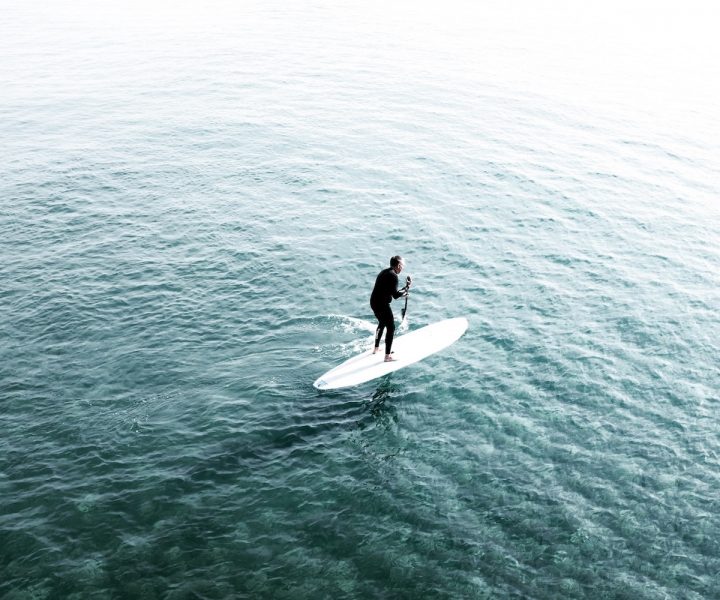
When it comes to SUP, or stand up paddle boarding, the upsides are pretty much endless. You get to spend your days in the water, surrounded by incredible scenery, enjoying nature, and exploring new areas.
As for speed, you can either go slow and enjoy your surroundings, or you can go fast in order to cover more distance or if you’re looking to compete in a SUP race. Beginners often make the mistake of thinking that the only way you can gain speed is from super quick paddle strokes, but you will only exhaust yourself without really gaining any speed.
The best way to paddle faster is to experiment with your stroke rate and distance, which comes with experience. Luckily, there are also other techniques that will increase your SUP speed.
Extend your strokes
Stroke distance is very important when it comes to speed, so you need to focus on extending your stroke reach. However, make sure that you’re not overextending and reaching more than is comfortable for you, as you could end up injuring yourself. When your paddle has hit the water as you’ve reached your stroke’s front, dig your paddle deep into the water and use your whole body to move forward.
Plan your route
Most of the time, planning your route is essential when you’re racing, but you should also make it part of your routine if improving your speed is what you’re looking for. There are no techniques in the world that will make you paddle faster if you’re not sure of the best route to get to where you need to go.
Avoid making wide turns
Same as with trucks, when you’re out paddling, you’re going to lose speed when you make a wide turn. To avoid this loss of speed, time is of the essence every time you bring your paddle forward, so do it as quickly as possible, while also avoiding a wide motion. To reach a higher speed, keep your paddle next to your board, which will mean less energy expended and faster speed.
Be aware of your surroundings
Some prior research of the area is essential, so you’ll know what you’re up against. And when you’re out in the water, stay alert and identify any potential hazards. If you know someone that is familiar with the area, talk to them, and preview the course before heading off. When you have all the information you need, you’ll be able to focus on your paddle techniques, and make sure you’re taking full advantage of the type of water you’re in.
 Your Privacy Choices
Your Privacy Choices
 The
The